Keiko: A Rose by Any Other Name
Elizabeth Coscio
(Above: Cafe Tacuba, 2003. Oil on canvas.)
Download Complete PDF / Descargar
A short interview with the American Bolivian artist Keiko González, while he was in Houston recently, prompted this foray into cultural identity and post post modernism…
A short interview with the American Bolivian artist Keiko González while he was in Houston recently prompted this foray into cultural identity and post post modernism. While Keiko himself denied any sense of hyphenated identity, his creative abstractions belie that statement. From his book/objects, encased in everything from canvas to metal to wax paper to his wall-size explosions of layers of primary colors, there is a more complex story of syncretism than his simple explanation that he is just a normal person with a very defined aesthetic sense. His artistic development takes on a multilingual, multicultural post postmodern tone defined by the globalization of his works that have sold as well in the Americas as in Europe.
Oscar Vega Camacho delineated five series in the book, Keiko, published in 2001 by the Marcelo Quiroga Santa Cruz Foundation in 2001. The series remarked on by Vega Camacho included Memento Mori, Contranatura, Vessels, Listen and El arquero de la melancolía. The window icons, often represented with crossbars only, open to the vivid colors of his 2003 Quotations series that included paintings with such varied titles as The woman and the hours, Estudio rojo, Buttoned-down mind, Yellow room, Tres en raya and Blue for you.
The creative process is pure, intuitive, and since it is non-verbal, it can’t be explained in a linear manner. Poetry is as close as one will get. Representational art is consumed simply because people are more comfortable in images that are part of their visual vocabulary. New abstract images are completely foreign and thus incomprehensible and most likely ignored by the layman. He then made reference to The Emperor’s New Clothes. The comparison is valid because we are uncomfortable confronting our own sexuality in graphic images. We usually just joke about it, but it involves a selective memory of what aesthetics you enjoy Keiko said.
I countered that the maturation process necessary to appreciate abstract art requires the same type of reflective study and praxis in images as the study of literature in words to get beyond that first intuitive feeling. He disagreed, insisting that the observer only needs to react instinctively to his art. The viewer must be open to a new experience and not classify the work according to his limited visual education. Afterwards, commented on this Kantian concept. He retorted this is not art for arts sake, but rather a new language. This is art as function, just as music is.
We would hardly be correct in assuming literature to be simply fluff, but the assumption is that painting IS, simply because it is abstract. I passed over the questions I had compiled based on a set of postmodern anti-esthetic essays, but continued to press. Intellectual curiosity drives the desire for educated artistic complicity. Critics recognize the need to name as giving reason for existence, testimony to its presence as an identifiable work of art. He shot back a rose by any other name…, but I continued about the need for a map, a system, and a structure of past artistic periods. Keiko replied his use of titles is random. He just opens a book of poetry and pulls out lines to be placed on the paintings. Once you read and study, you cannot go back to that blissful primitive response that Keiko finds so powerful. Heidegger through Keiko had the final word, “yet image formed rests in the poem.” Far from idiot savant, Keiko insisted, there is much written about the usefulness of unschooled knowledge, as Heidegger said mère.
While both African sculpture and Venus de Milo represent abstractions, the African is intuitive, unschooled. The Western mind did not do this until Picasso. There was no stylization of the body. At this point he mentioned his artistic heroes on my prompting: Picasso, Gorky, de Kooning, Gotlieb, Palladino, Clemente, among other Italian transvanguardistas. Keiko is no primitive artist; his art history credentials include an advanced degree from the Mason Gross School of the Arts at Rutgers after attended undergraduate studies in Texas. He has represented Bolivia in many biennials: Cuenca, Venice, Havana, Sao Paolo, Porto Alegre, Cairo, as well as group shows in Caracas and Santiago de Chile. He has won various awards and is the recipient of the Ralph E, Bunche Fellowship.
Change is by its very nature frightening, at the same time seductive. Now that the world of advertising has usurped the results of the European surrealist experiments of the 30’s, the noise of our new world surrounds us twenty-four hours a day with moving images: surfing the world wide web, living in reality television, passing billboards, and reacting to the daily barrage of snail-mail and email SPAM. The mass-produced image is ubiquitous, but it is in the material at hand that Keiko finds his inspiration. His access to this noise is limited in the highest capital of the world, La Paz, Bolivia. With no phone, no Internet in his house, he meets the material half way. He does not move from sketches to his vast paintings. Each work, no matter the size or medium, is of the same importance and realized according to the limitations of its particular.
Still, his overlying sexuality seems to reflect today’s society. Some have tried to reject him as just a gimmick, a mere video artist. The contemplation of the subtleties in his fascinating compositions dismisses that notion. The artist himself affirms that the graphic phallic and vaginal symbols that have morphed from the symbolic bow and arrow to enigmatic concavities into leaves and eyes lost their hyperbolic sexual charge for him long ago. Now they remain in his works as recognizable archetypes, the traces of Derrida.
Memento Mori (1993) and Contranatura are classically defined. Memento Mori can be either anything serving as a reminder or warning or more specifically one of two prayers in the Catholic mass that remembers those no longer in this world. Keiko painted in thick dark oils with large black expanses, some narrative explanation and a Christ image. Vessels refers to a boat the artist constructed for the exposition Artefacto in 1997, and serves as double meaning for the ultimate vessel, the human body as a vessel for the soul.
Each series is characterized by different colors. Listen is not as predominantly uniform in color as the paintings in the Rothko Chapel, but they are not devoid of spiritual significance. “Those paintings are as close to poetry as I have ever done. The show itself was pure contemplation. The title refers to the viewer having to shut up and listen to the painting, its emptiness, its lack of color, and the spaciousness within the canvas. I even wrote about boredom being a good thing in the sense that the viewer must not always be entertained by noise or easily digested media, but he must contemplate, learn to see, distance himself from NOW and LOOK.”
Keiko said he does not take aim at any particular audience, no longer imitates or appropriates. Working in that amorphous space between painter and observer, leaving behind pastiche, Keiko cedes control to the viewer to hear a collage of different voices through the observer’s own sexuality, idealized, imagined, satisfying his or her own sensual desires.
*Images Courtesy of the artist
Posted: April 1, 2012 at 8:53 pm


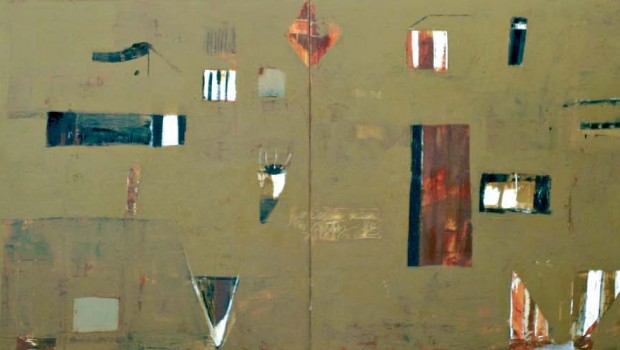
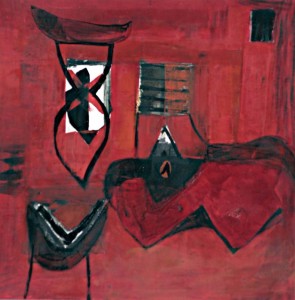


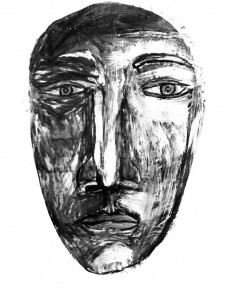
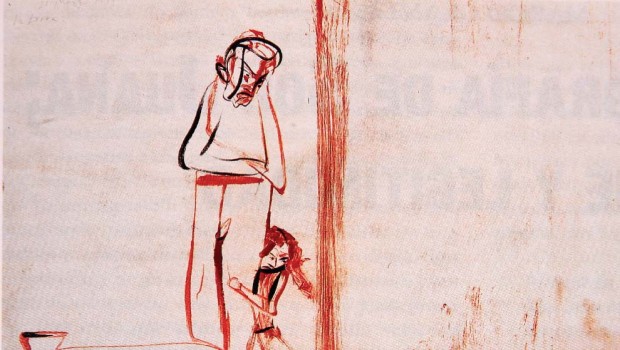
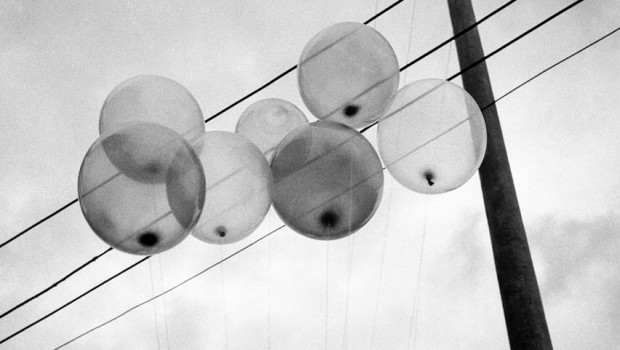
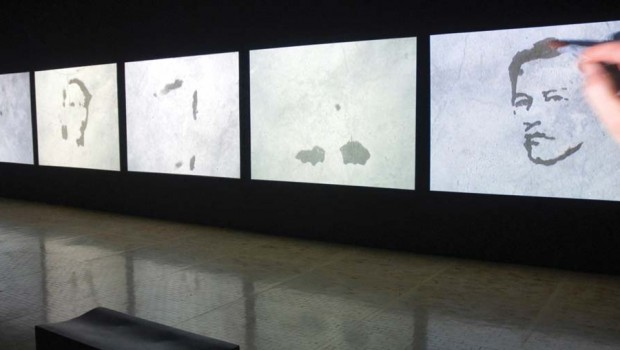
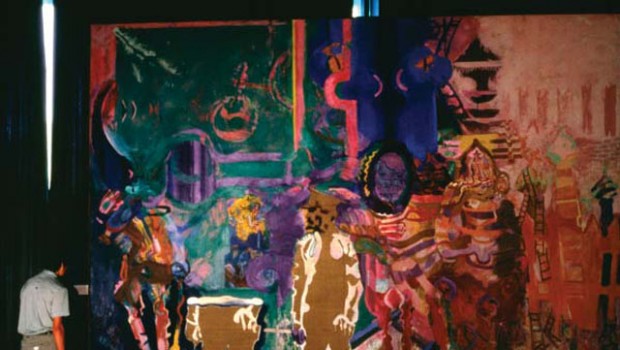

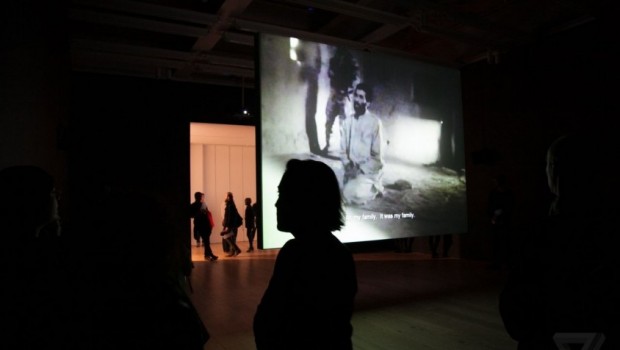
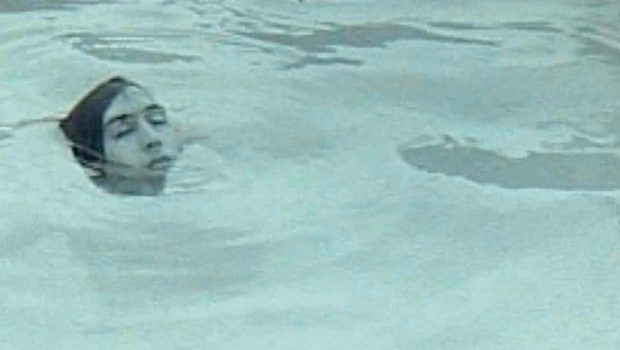
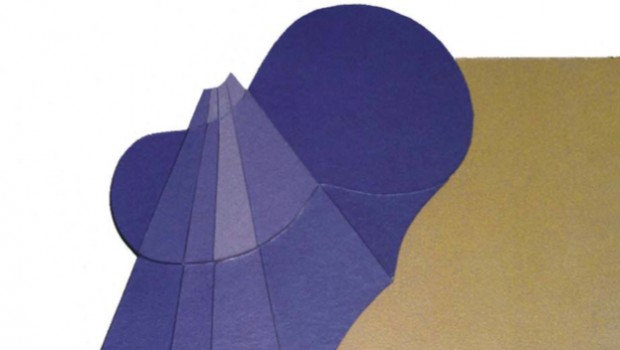
This article has inspired me to continue working on my own art
I love your intriguing art. great stuff. I hope you produce more. I will continue reading
I will right away grab your rss feed as I can not in finding your e-mail subscription link or e-newsletter service. Do you have any? Kindly let me recognise so that I may just subscribe. Thanks.